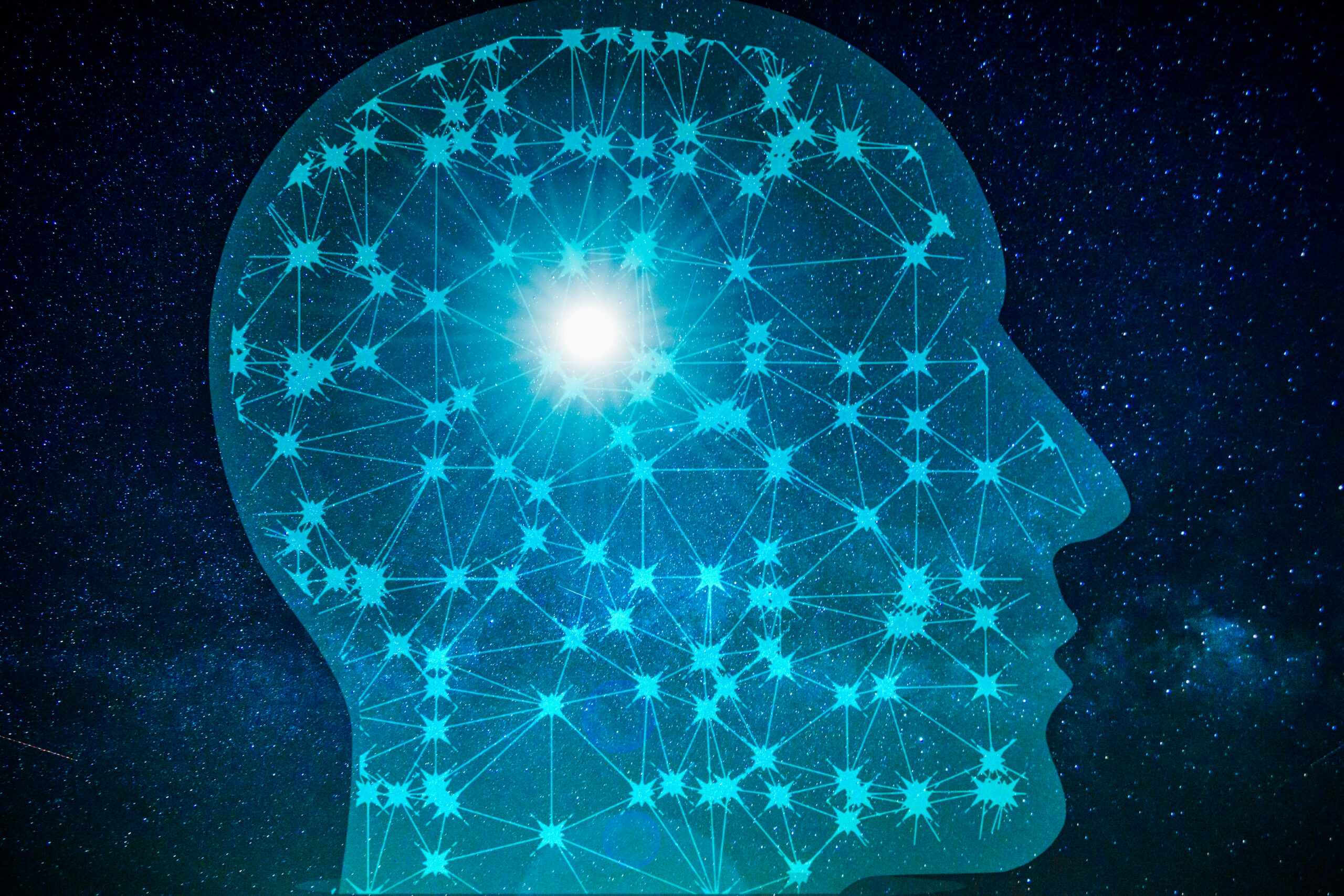
Artificial intelligence (AI) is revolutionizing the way printed circuit boards (PCBs) are designed, manufactured, and tested. AI algorithms are optimizing PCB layouts, reducing defects, and predicting equipment failures. Discover how AI is transforming the PCB industry and what the future may hold.
Artificial intelligence (AI) has the potential to revolutionize many industries, and the printed circuit board (PCB) industry is no exception. In fact, AI is already having a significant impact on the way PCBs are designed, manufactured, and tested.
Design: One of the main ways AI is impacting the PCB industry is through the design process. Designers can use AI algorithms to optimize the layout of a PCB, minimizing the number of components needed and reducing signal interference. This results in more efficient and reliable PCBs, with fewer errors and better performance.
Manufacturing: AI is also being used to improve the manufacturing process of PCBs. Automated optical inspection (AOI) systems use machine learning algorithms to detect and classify defects in PCBs. This allows for more accurate and efficient inspections, reducing the number of defective PCBs produced.
Furthermore, AI can help to optimize the manufacturing process by predicting and preventing equipment failures. Machine learning algorithms can analyze data from sensors in production equipment to detect anomalies and predict when equipment is likely to fail. This allows for preventative maintenance to be performed, reducing downtime and increasing efficiency.
Testing: AI can also improve the testing process for PCBs. Automated testing systems can use machine learning algorithms to detect and classify defects in PCBs during the testing process. This reduces the time and cost associated with manual testing, while also improving the accuracy of the testing process.
Future of AI in PCB industry: As AI technology continues to evolve, the impact on the PCB industry is likely to grow. One potential area of development is in the use of AI to improve the supply chain. Machine learning algorithms can analyze data on component availability, lead times, and pricing to optimize the supply chain and reduce costs.
Another potential development is in the use of AI to optimize the thermal management of PCBs. Machine learning algorithms can analyze thermal data from PCBs to optimize the layout and component placement, reducing the risk of overheating and improving the reliability of the PCB.
Conclusion: AI is already having a significant impact on the PCB industry, improving the design, manufacturing, and testing processes. As the technology continues to evolve, the potential for further improvements is vast. The use of AI to optimize the supply chain and thermal management of PCBs are just two potential areas of development. It is clear that AI is set to play a major role in the future of the PCB industry.
